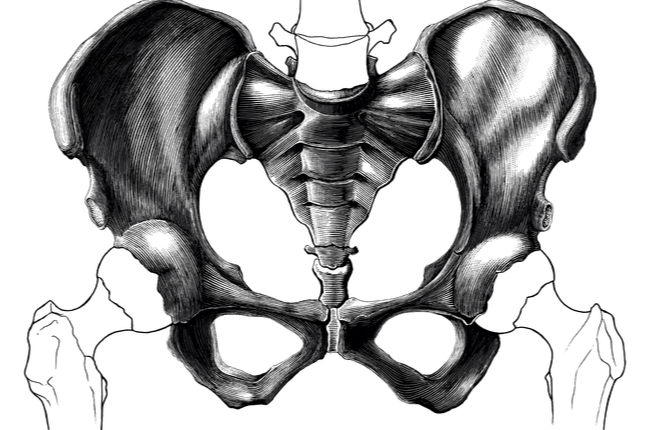Stop The Leak - Kegel Exercise

Published on
21 Apr 2019
Published by
Prime
Kegel or pelvic floor exercises are easy. Best of all, these vital muscles aren’t visible to other people, so no one can tell when you’re exercising them on the bus, in the office or simply relaxing in front of the TV.
If you have stress incontinence or mixed incontinence, these exercises could be very beneficial. In fact, up to 70% of people with stress incontinence experience improvements.
FIND YOUR PELVIC FLOOR MUSCLES
While going to the restroom, try to pause while urinating. If you are able to stop and continue urinating again, congratulations, you’ve successfully contracted your pelvic floor muscles and completed your first Kegel exercise. If not, try this:
- When contracting these muscles, it should feel like a lift and squeeze, as though you are drawing or squeezing your navel toward your spine.
- You should not be tensing your buttocks.
- If you are unable to feel these muscles contract, or unable to control your bladder while urinating, consult your healthcare professional.
1. Get Started
Once you’ve found the right muscles, you can start exercising them several times a day (30-40 repetitions in total) while sitting, standing, or lying down.
2. Contracting the muscles
When contracting these muscles, it should feel as though you are squeezing and lifting them slightly up into the body. There shouldn’t be any tensing of the buttocks or thighs, although tightening your anus can help (as if holding in wind).
3. Hold & Squeeze
First, just hold and squeeze your muscles for a second or two. Then gradually build it up to 10 seconds. Repeat as often as you can, building up to 10 repetitions.
4. Rest
Rest between squeezes for the same amount of time as you have contracted your muscles, i.e. rest for 10 seconds after holding for 10 seconds.
5. Laughing & Coughing
You can also squeeze your pelvic floor muscles when laughing or coughing to prevent losses.
You should notice a reduction in leaks within 2 to 4 months of starting your Kegel exercises. Exercise for at least 6 months to build up your strength. For continued benefits, make Kegel exercises a permanent part of your daily routine - you can do them anywhere, at any time and it is never too late to get started!
Source: Prime Magazine Jun - Jul 2017 Issue. Reproduced with permission.
ALL views, content, information and/or materials expressed / presented by any third party apart from Council For Third Age, belong strictly to such third party. Any such third party views, content, information and/or materials provided herein are for convenience and/or general information purposes only. Council For Third Age shall not be responsible nor liable for any injury, loss or damage whatsoever arising directly or indirectly howsoever in connection with or as a result of any person accessing or acting on any such views, content, information and/or materials. Such third party views, content, information and/or materials do not imply and shall not be construed as a representation, warranty, endorsement and/or verification by Council For Third Age in respect of such views, content, information and/or materials.







